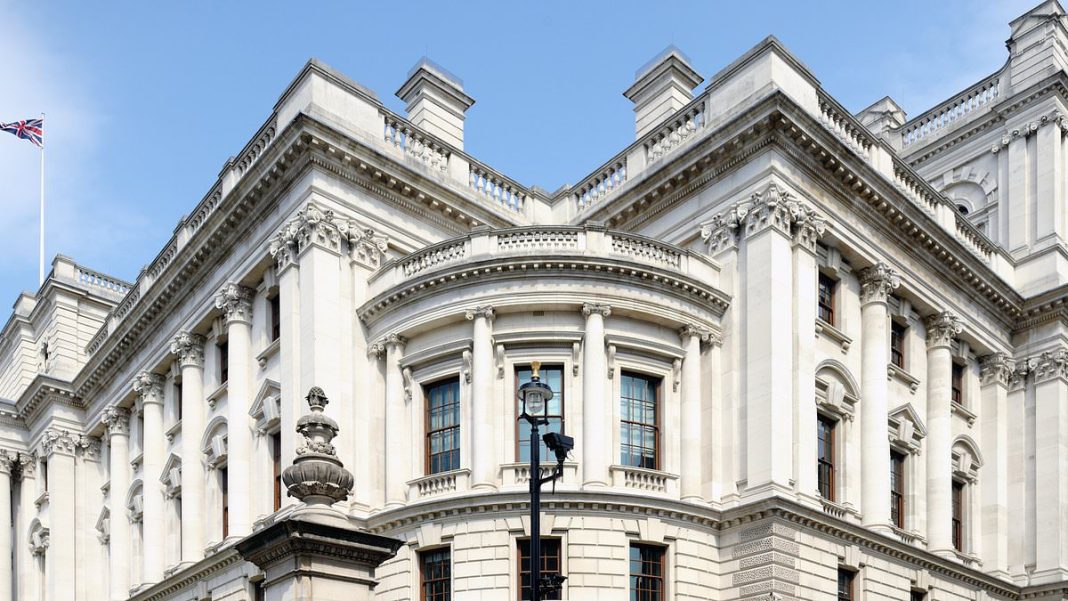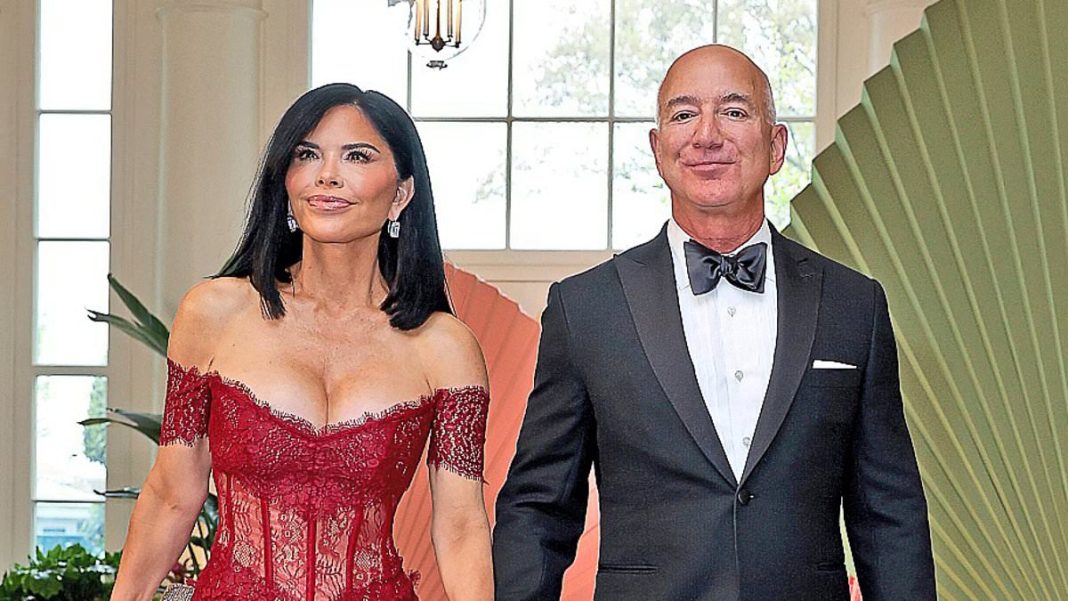Lending your spare cash to the Government could earn you generous returns as high as 5.375 per cent for 30 years.
But while this offer typically attracts large investors, growing numbers of ordinary investors are now taking advantage.
You get a payout every six months and, if you hold on to the end of the term, you are all but guaranteed to get your money back. But it’s not straightforward. Here’s what you need to know.
What exactly will ordinary investors be buying into?
The Government issues new debt, called gilts, to help fund the business of government, from borrowing for capital projects to fulfilling spending commitments and rolling over older debt.
It pays lenders a regular income, the ‘coupon’. If you hang on until the maturity date you get all your money back, except in the farfetched event the UK defaults.
Or you can sell it earlier on the secondary market and, depending on values of gilts then, may get more than you bought it for.
What do you get in return for your investment?
Rates of return are low on gilts that mature quickly (short-dated bonds) but can vie with or beat current savings rates on the longer-dated ones.
A gilt offering 5.375 per cent interest was recently launched, although if you held on to it you wouldn’t get your money back until January 2056.
‘In the current market, 5.375 per cent equivalent interest could have investors jumping for joy,’ says Dan Coatsworth of DIY platform AJ Bell. ‘A bank offering that rate on a cash savings account might have a long line of people queuing up to hand over money.’
Holding an investment for 30 years is not for everyone. But a gilt was issued recently paying 4.375 per cent and maturing in 2030. That’s only slightly less than the 4.5 per cent you might get on a five-year fixed rate savings account.
When might a gilt be better than a savings account?
In some cases, gilts beat rates on savings accounts. Plus, they offer tax perks to higher earners. If you get out with a profit, you can make a nice saving on capital gains tax which isn’t levied on gilts.
You might want to diversify out of shares and cash if you are holding plenty of both, and the coupon on gilts is always paid every six months, unlike some best buy savings accounts which only pay interest at maturity.
How do you pick one to invest your money in?
Investors who need a helping hand may be happier with a bond fund, where they invest in a range of gilts and other types of bonds. The value of a bond is both the capital gain that you could make should you sell it and the coupon that you receive.
The coupon is subject to tax, just like cash savings interest if you exceed your personal savings allowance. But the price gains are exempt from capital gains tax, unlike other types of investment.
It can make sense to pick gilts with a higher proportion of their value coming from capital gains and less from the coupon.
Ordinary investors can do this with further research, but some may prefer a fund manager to do it for them.
What’s the catch in lending money to the Government?
The value of your gilt could decrease. This doesn’t matter if you plan to hold it to maturity, but will affect you if you decide to sell it sooner.
The value of existing gilts falls when newer ones are issued with a more attractive yield than the old ones. This tends to happen when interest rates rise and the government has to offer a bigger incentive to investors to buy its debt.
When you buy a single gilt, you receive your money back at maturity. Alternatively, you could buy several with different maturity dates to keep the income flowing. Or you may prefer a bond fund that manages this for you.
David Roberts, head of fixed income at Nedgroup Investments, says that investors who buy single gilts are putting their eggs in one basket, whereas those who opt for global bond funds are much more diversified.
He adds: ‘The well touted ‘Liz Truss’ moment saw many gilts fall over 10 per cent in a couple of days. The global bond market is huge by comparison, adding liquidity and bountiful opportunity as well as diversification.’
So how does an ordinary investor buy gilts direct?
Many DIY investing platforms, including Hargreaves Lansdown, Interactive Investor and AJ Bell, offer gilts, and you can buy within a tax-free Isa wrapper.
New gilts are often sold at short notice and for limited periods. You can also buy older gilts on the open (also known as secondary) market.
Another option is to buy and sell direct from the UK Debt Management Office (DMO), which offers a service run by Computershare. You must live in the UK and pass identity and money laundering rules. If you are a customer at a broker it’s likely your buyer status is already established, so you can purchase gilts online like any other investment.
DMO charges start at 0.7 per cent or a minimum of £12.50 on gilt purchases worth up to £5,000. AJ Bell charges the same for gilts as for shares – £5 to buy or sell.
DIY INVESTING PLATFORMS
Affiliate links: If you take out a product This is Money may earn a commission. These deals are chosen by our editorial team, as we think they are worth highlighting. This does not affect our editorial independence.
Compare the best investing account for you






